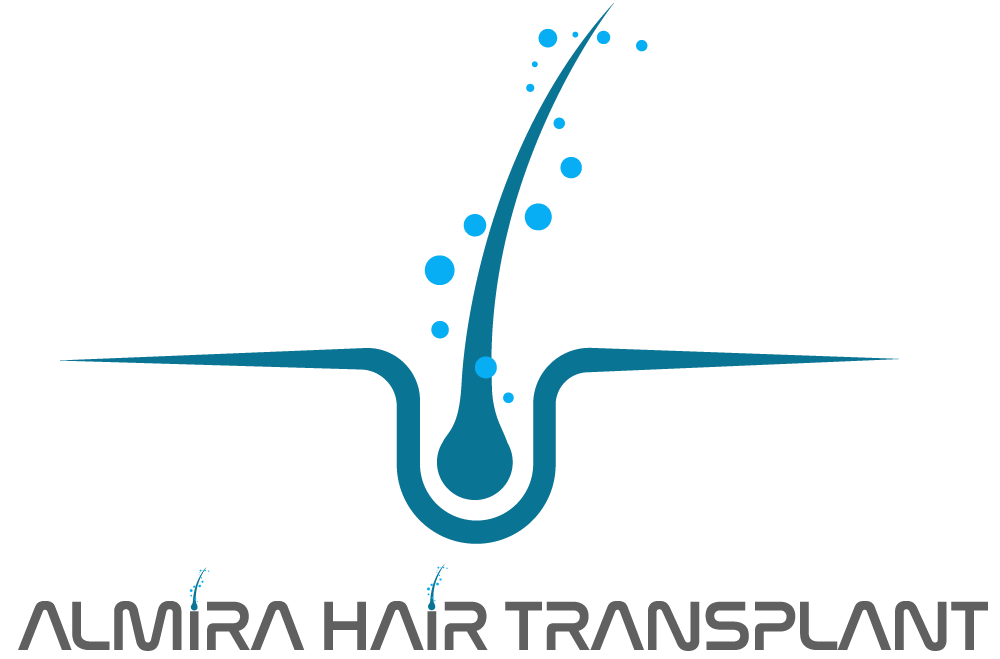Reconstructive Surgery with Aesthetic Purpose: The Balance Between Function and Appearance

Reconstructive Surgery with Aesthetic Purpose: The Balance Between Function and Appearance
With the advancements in modern medicine, aesthetic and functional goals are no longer mutually exclusive. Reconstructive surgery, traditionally performed to restore function after trauma, congenital anomalies, or disease, is now also designed to improve aesthetic outcomes, enhancing both physical capabilities and emotional well-being. This shift has given rise to an integrative approach: aesthetic reconstructive surgery, which addresses medical needs while also considering the patient’s appearance and confidence.
What Is Reconstructive Surgery?
Reconstructive surgery involves surgical procedures that restore lost tissue or correct deformities caused by trauma, burns, cancer surgeries, or congenital defects. While the primary objective has always been to regain function, aesthetic concerns have become increasingly important. The modern reconstructive surgeon often acts as both a healer and a sculptor, helping patients restore their identity along with their health.
Balancing Function and Aesthetics
In aesthetic reconstructive surgery, the goal is not only to repair but also to revitalize. Procedures are designed to support daily functionality while enhancing natural beauty. For example:
-
Facial reconstruction after nerve damage restores facial expressions and symmetry, benefiting both communication and self-confidence.
-
Breast reconstruction after mastectomy helps women regain a sense of wholeness and femininity.
-
Hand surgeries not only restore grasp and movement but also refine hand contour for a more natural look.
In all these cases, balancing functional restoration with aesthetic improvement is key to a successful outcome.
Psychological Impact
A person’s physical appearance is deeply tied to their mental well-being and social interactions. Especially when the affected area is visible—such as the face or hands—the psychological toll can be immense. A reconstructive procedure that restores both form and function empowers patients, boosts their self-esteem, and helps them re-engage with life more confidently.
Ignoring the aesthetic component may result in physical recovery but emotional dissatisfaction. That’s why modern reconstructive surgery must integrate both perspectives.
Techniques and Innovations
Aesthetic reconstructive surgery employs a wide range of methods:
-
Microsurgery: Enables precise tissue transfers with blood vessels reconnected under a microscope.
-
Tissue expansion: Encourages the body to grow new skin for use in reconstruction, maintaining texture and tone.
-
3D planning and printing: Provides customized implants and perfect symmetry, especially in facial or cranial repairs.
-
Minimally invasive techniques: Allow for faster recovery and less visible scarring.
These technologies not only improve surgical outcomes but also enhance patient satisfaction by producing results that look and feel natural.
Final Thoughts
Reconstructive surgery with an aesthetic approach serves as a bridge between medical necessity and quality of life. It enables patients to regain their health while also restoring confidence, identity, and dignity. In today’s patient-centered medical environment, these procedures are not just about survival or recovery — they are about thriving.
Aesthetic reconstructive surgery is the perfect embodiment of how science and artistry can work hand in hand to create transformative healing experiences.


